A very fine oxtail broth recipe
Waste not, want not: once you’ve finished making this delicious broth, you can use the leftover oxtail meat however you wish.
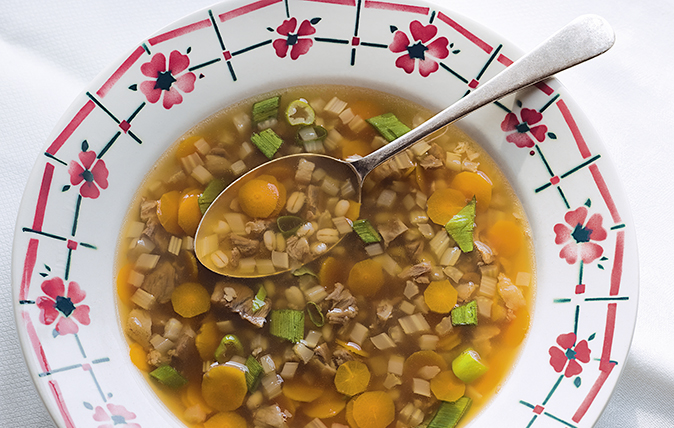

I did my apprenticeship in a French kitchen (in the UK) and, very soon, became aware of how wonderful a pressure cooker can be. The cocotte-minute (pressure cooker) was always the Tefal brand. So fine a piece of kit it always was—and still is—that it remains the one I use at home to this day. A word of advice: don’t choose one that’s too small, as the joy of a bigger pot allows one to make the most of soups, stews and wonderful stocks cooked in less than half the usual time.
A very fine oxtail broth (serves up to 10—depending upon how many servings at a time)
For the broth 1 jointed oxtail, with as much of the fat removed as possible 2 carrots, halved lengthways 2 quartered onions 2 sticks of celery, cut into short lengths 4 large, sliced, dark-gilled mushrooms 2 bay leaves 3 sprigs thyme 4–5 sage leaves 1tspn black peppercorns 1tspn sea salt 2tbspn mushroom ketchup 1 litre beef stock 300ml Madeira
To finish the soup Small carrots, peeled and thinly sliced Peeled sticks of celery, diced small Spring onions, trimmed and with green parts separated from white Pearl barley Finely chopped oxtail meat
Method For the broth, take a large pressure cooker of a size that will accommodate the oxtail joints quite snugly. Add the remaining ingredients and then top up with water to cover by 1½in to 2in or so, then cook on full pressure for 40–50 minutes, but with the heat source at low; you only want to see a thread of steam escaping while the broth brews.
For conventional cooking, use a solid and lidded cooking pot— a Le Creuset is ideal, here—and, once brought up to a simmer, cook in the oven for about 2–2½ hours, or more. Whichever mode you use, the meat should be completely falling off the bone.
Once the oxtail is cooked, carefully remove only the joints from the broth, put onto a plate to cool and then remove the meat from the bones and place in a bowl or Tupperware box.
Sign up for the Country Life Newsletter
Exquisite houses, the beauty of Nature, and how to get the most from your life, straight to your inbox.
Strain the resultant broth through a sieve suspended over a large, deep bowl and allow to drip until every drop has been collected. Discard the exhausted debris and allow the broth to settle in a cool place.
Once the broth has cooled, remove any surface fat with sheets of absorbent kitchen paper until no more than just a few globules remain. Now, to achieve as clear a broth as possible, it is necessary to pour the broth through a colander (or a sieve, as before) lined with either a double-folded sheet of muslin or a clean tea-towel, into a new, clean pot.
Note: sniff your tea towel first before use! If it smells of washing powder, this will contaminate your lovely broth as it passes through, so soak it well in running cold water for some minutes before this process. Believe me, I have come to grief here on more than one occasion—Persil-scented broth is not nice.
To finish, it simply requires one to cook the suggested vegetables and barley in as much of the broth as needed, until tender. Barley and carrots first, then celery and the white part of the spring onions (thinly sliced).
Finely chop up some of the oxtail meat and add it to the broth (the remaining meat may either be frozen or turned into a lovely hash the following day), together with a little of the green onion tops, thinly sliced.
Finally, check for seasoning (I like it quite peppery), heat until hot—but not boiling—and decant into warmed soup plates.
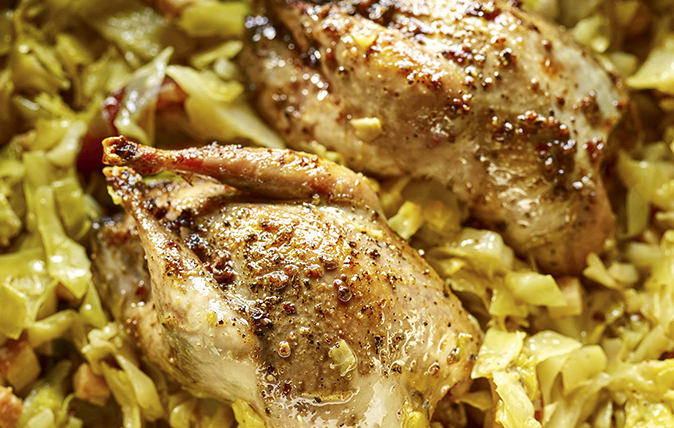
Credit: Jason Lowe
Braised partridge with cabbage, garlic and bacon
This delicious, seasonal braised dish is perfection with either red-legged or grey partridge.
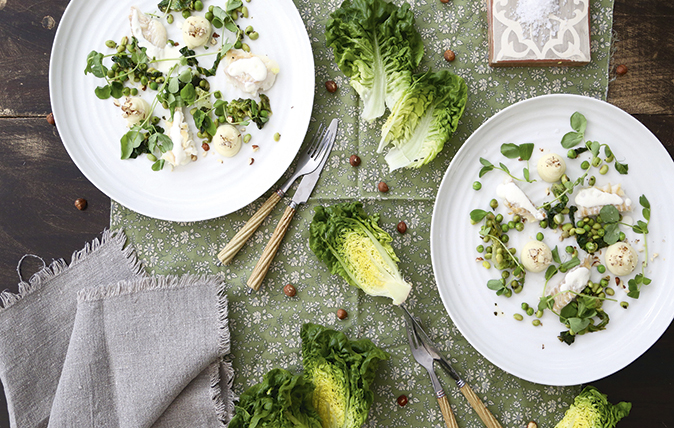
Pan-fried cod with hazelnut mash and braised lettuce with peas and soya beans
Nothing compares to the soft, floppy leaves of a homegrown British lettuce.
-
 The big reveal: A first look at Country Life's RHS Chelsea Flower Show stand
The big reveal: A first look at Country Life's RHS Chelsea Flower Show standInterior designer Isabella Worsley reveals her plans for Country Life’s ‘outdoor drawing room’ at this year’s RHS Chelsea Flower Show.
By Country Life
-
 Schreiber House, 'the most significant London townhouse of the second half of the 20th century', is up for sale
Schreiber House, 'the most significant London townhouse of the second half of the 20th century', is up for saleThe five-bedroom Modernist masterpiece sits on the edge of Hampstead Heath.
By Lotte Brundle
-
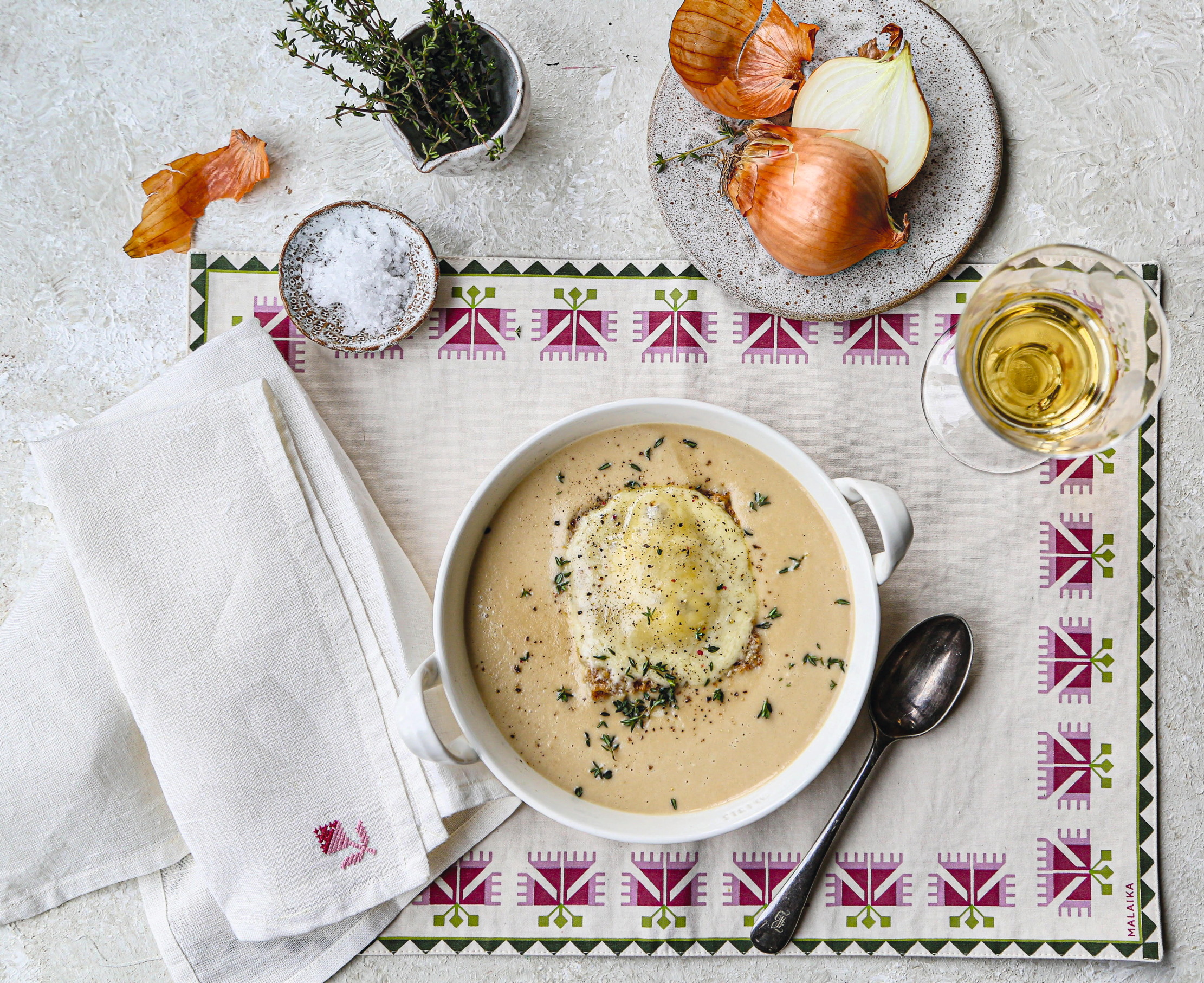 A Continental winter warmer: creamy onion soup with caramelised-onion toast
A Continental winter warmer: creamy onion soup with caramelised-onion toastSo long the bridesmaid, onions finally get their moment in the spotlight with this delicious and comforting winter soup.
By Melanie Johnson
-
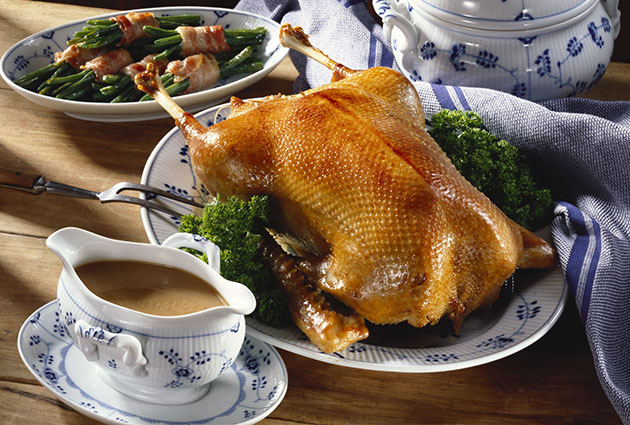 Perfect roast goose recipe from Mark Hix
Perfect roast goose recipe from Mark HixCooking the perfect Christmas goose, with delicious gravy, is a fantastic way to celebrate Christmas. Mark Hix explains how it's done.
By Country Life
-
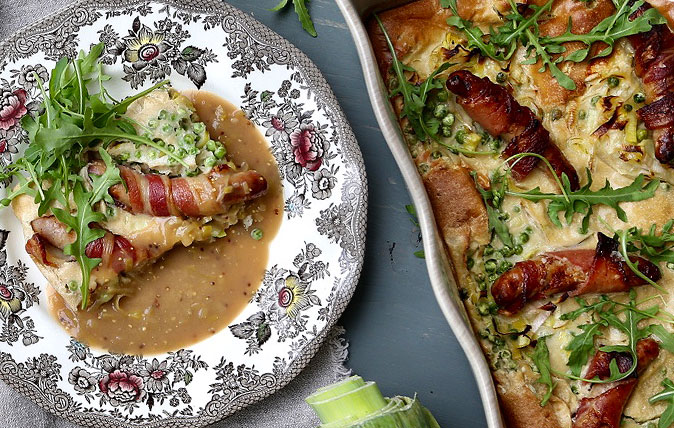 How to make Toad in the hole, the ultimate British comfort food
How to make Toad in the hole, the ultimate British comfort foodTry Melanie Johnson's recipe for toad in the hole – the ultimate British comfort food – with a twist thanks to the addition of bacon and leeks.
By Melanie Johnson
-
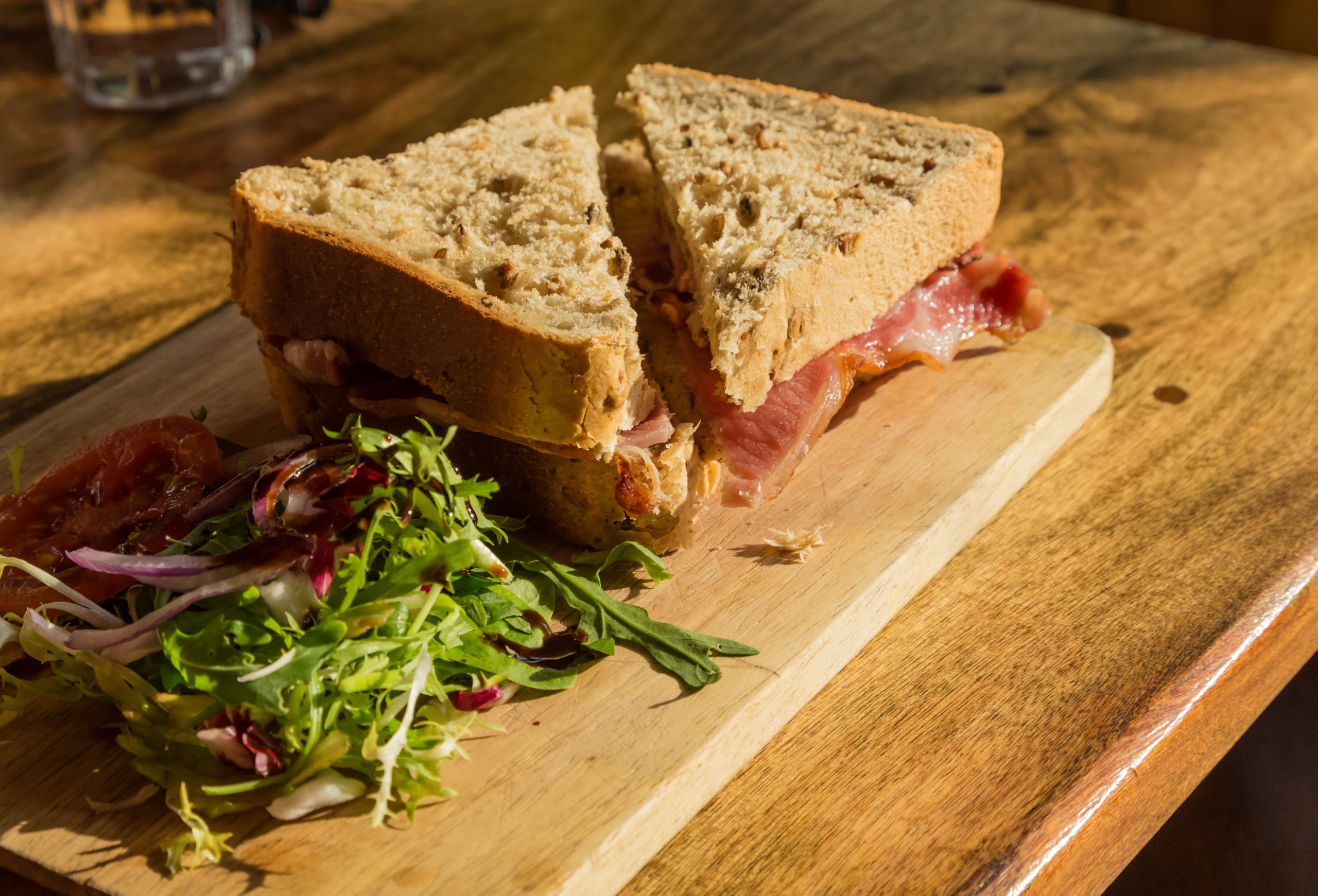 The ultimate Boxing Day bacon sandwich – with a surprise ingredient
The ultimate Boxing Day bacon sandwich – with a surprise ingredientSImon Hopkinson shares his recipe for a bacon sandwich with a perfect Christmassy twist.
By Simon Hopkinson
-
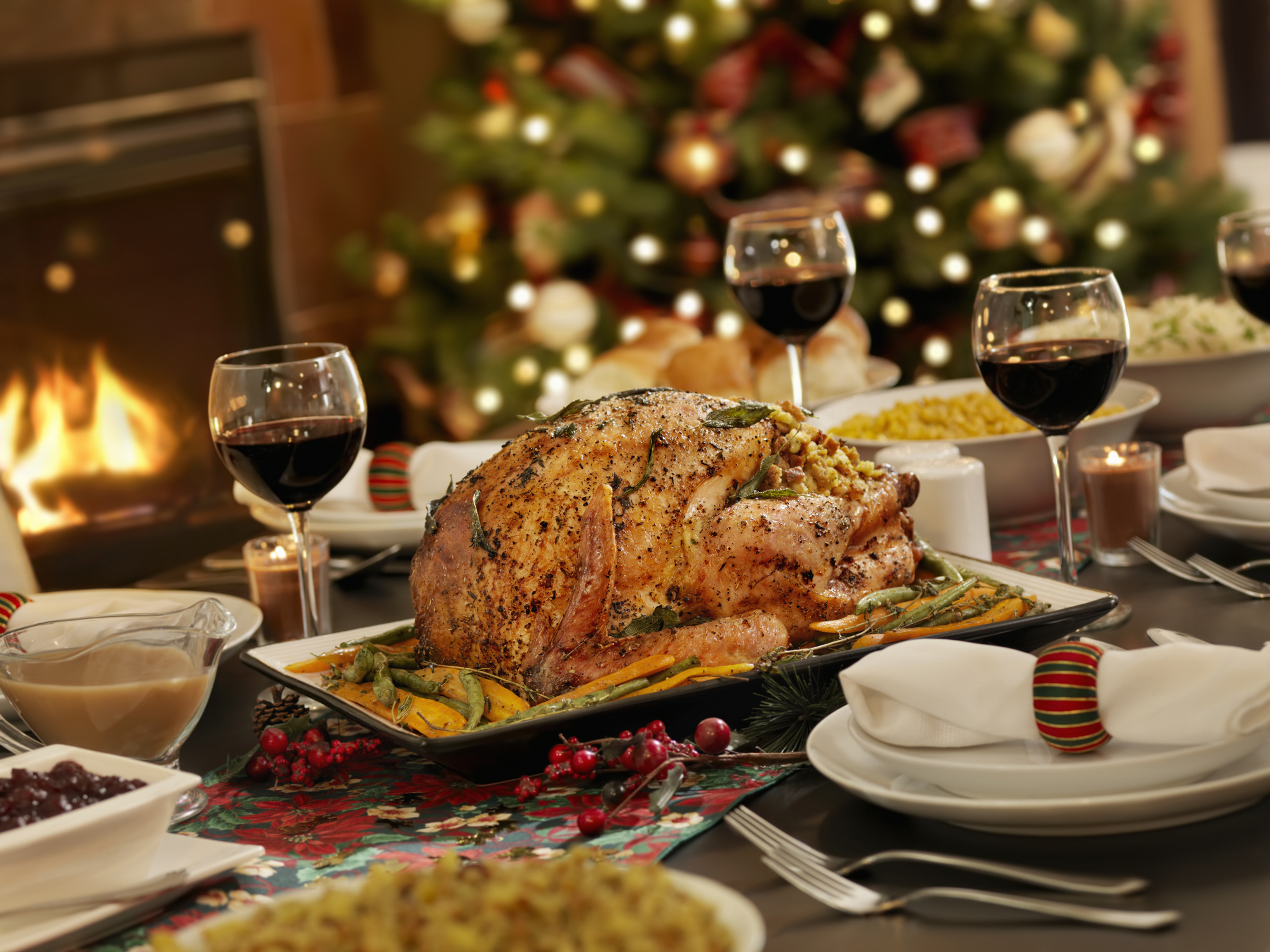 The step-by-step, stress-free plan for cooking Christmas lunch, by Tom Aikens
The step-by-step, stress-free plan for cooking Christmas lunch, by Tom AikensTom Aikens shares his recipes and advice for the perfect Christmas lunch: turkey, cranberry, roast potatoes and all the trimmings
By Country Life
-
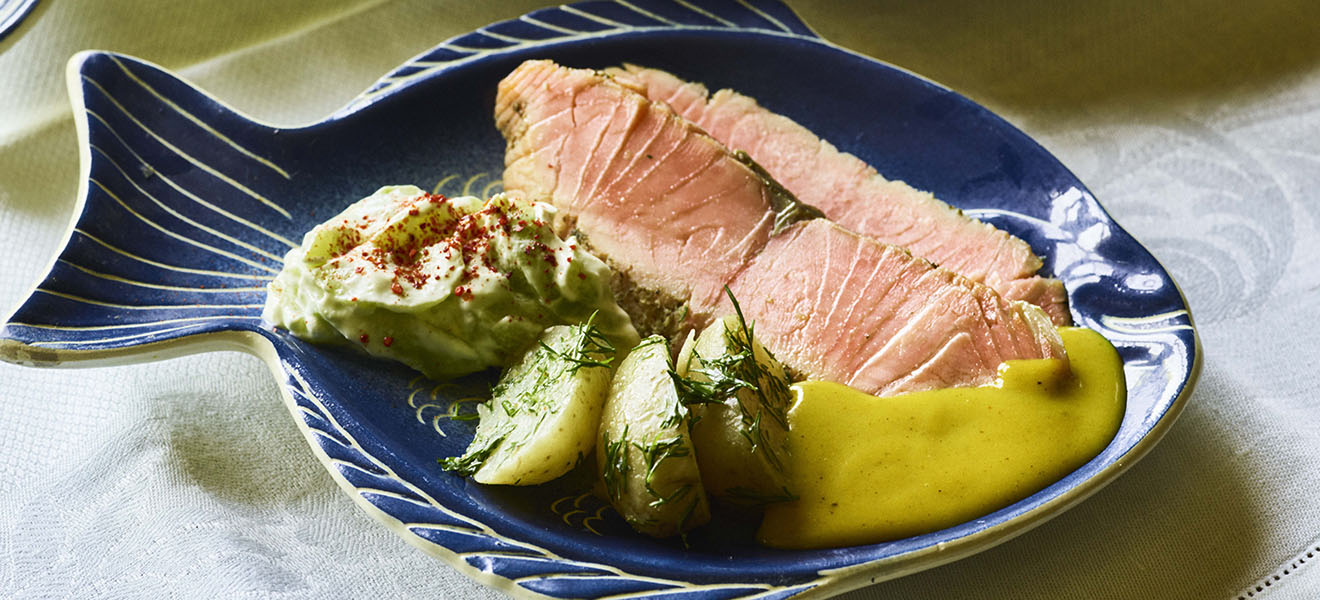 Recipe: Simon Hopkinson's Gravadlax, a delightful Swedish cured-salmon dish
Recipe: Simon Hopkinson's Gravadlax, a delightful Swedish cured-salmon dishNothing packs the same aromatic punch as a home-cured salmon flavoured with dill fronds and schnapps – and if you have too much, try poaching the leftovers. Poaching instructions before the recipe.
By Simon Hopkinson
-
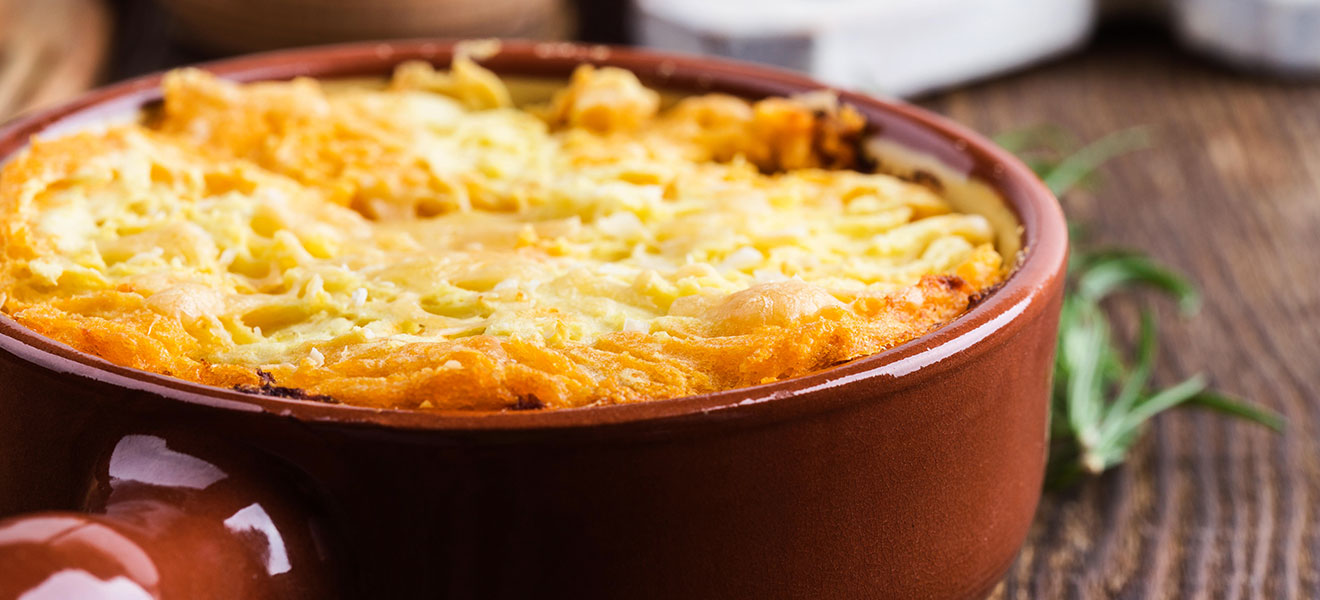 A delicious shepherd's pie recipe to take away the winter chill
A delicious shepherd's pie recipe to take away the winter chillShepherd's pie is a true British classic which always hits the spot – this delicious take on the dish comes from chef Christian Turner.
By Toby Keel
-
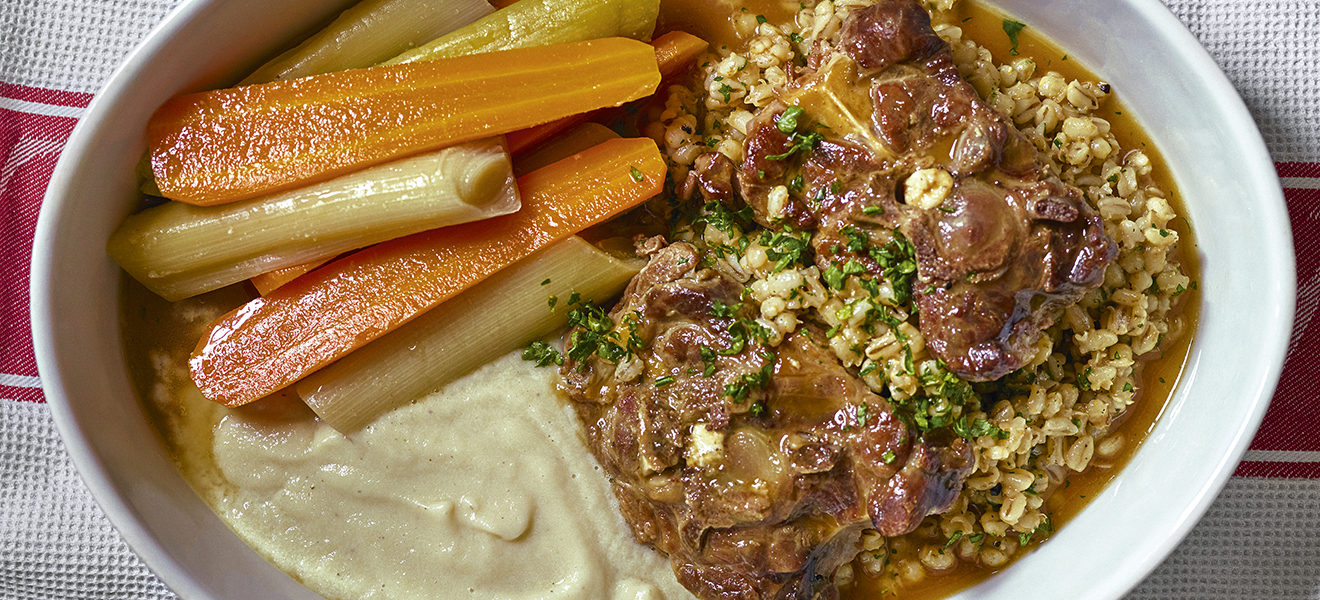 How to make a delicious Irish stew without potatoes
How to make a delicious Irish stew without potatoesAn Irish stew without potatoes might sound like a contradiction, but this lamb-neck and pearl-barley recipe gives the classic winter dish a rich twist.
By Simon Hopkinson